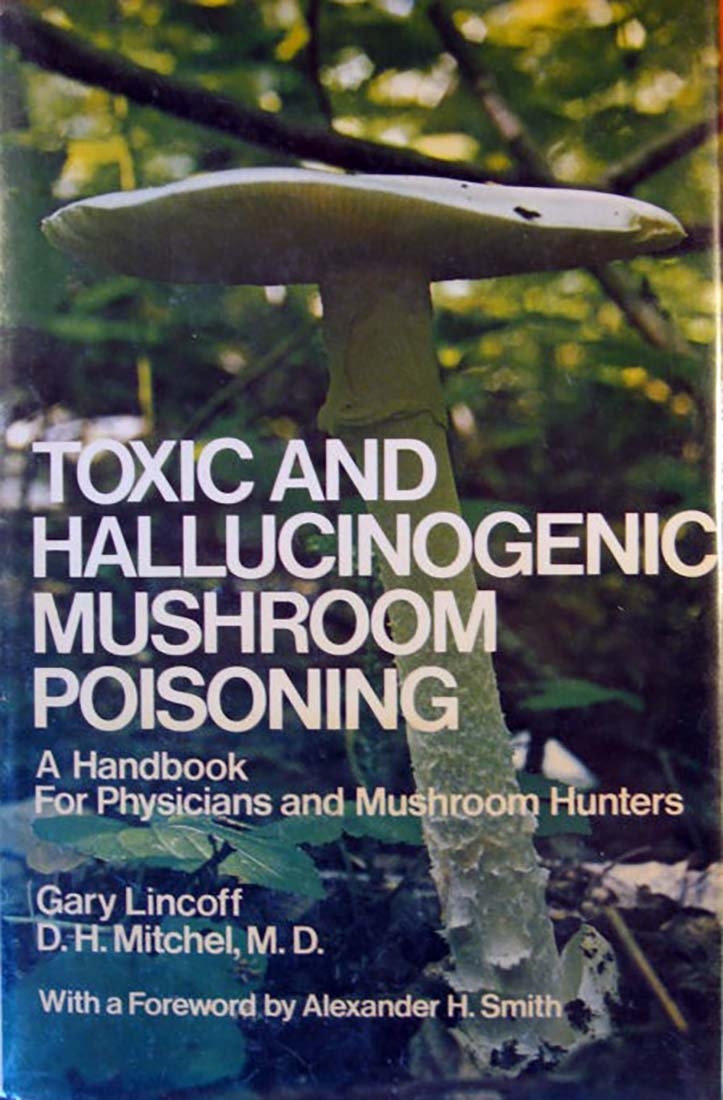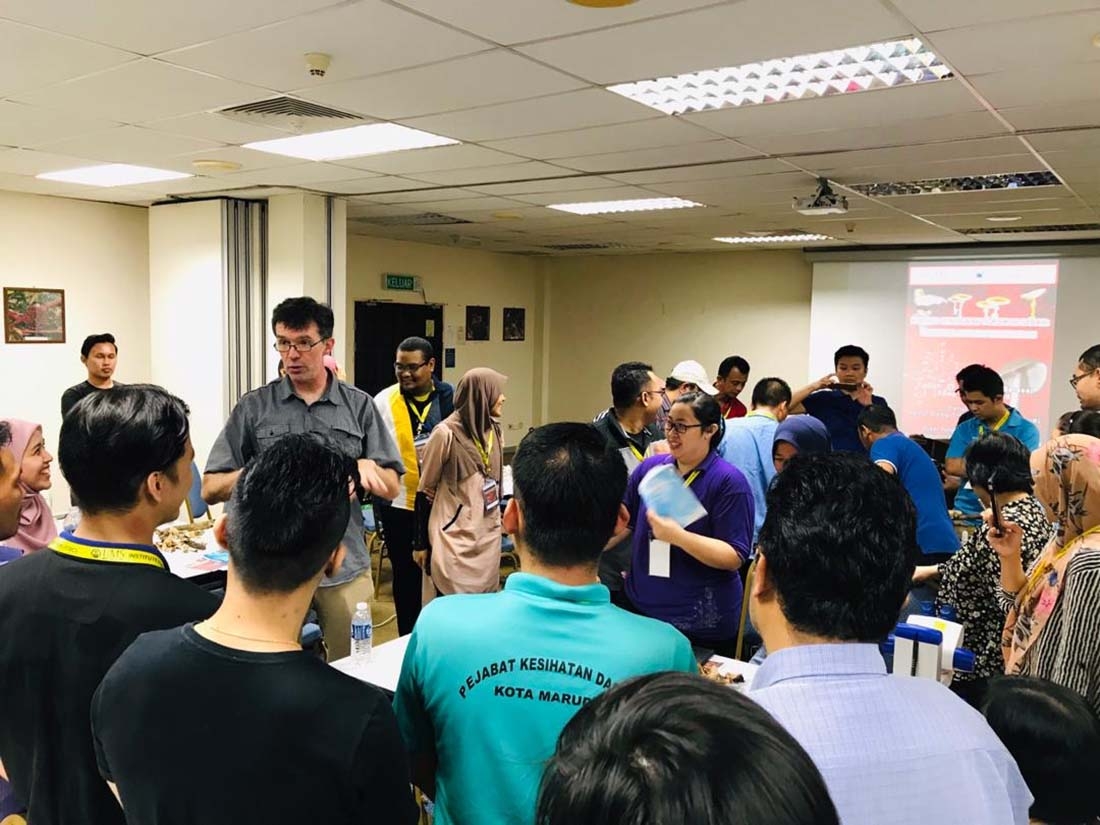History of Mushroom Toxicology
Mushrooms can be poisonous. That is one of the first things we are taught as kids. Even though plants produce more detrimental toxins than mushrooms, society, rightly or wrongly, tends to teach the latter as being more dangerous. While attitudes toward mushrooms have been changing, the history around mushroom poisoning shows growth in understanding all the ways eating them can make people sick.
At Denver Botanic Gardens, Dr. Sam Mitchel was perhaps the most central figure to expand mycology and knowledge of mushrooms of the Southern Rockies. He is not as well known for his role as a medical doctor and as a trained diagnostician. However, this dual perspective gave Dr. Mitchel the ability to merge his passion for mushrooms and medicine to produce an understanding of how they might poison people.
Along with other Denver-based doctors Drs. Barry Rumack and Manny Salzman, Dr. Mitchel coordinated efforts to understand and educate medical professionals about mushroom poisons in the 1970s. These efforts primarily took place in Colorado around the mid-70s when the Aspen Mushroom Conference became one of the first to train doctors from across the country. This conference gave doctors skills to ID mushrooms and diagnose mushroom poisonings, and included training on the variety of toxins that mushrooms can produce, how they affect the people who consumed them, and how doctors can treat their patients.
In general, there are seven poisoning “groups” that mushroom toxins can fall into: Cyclopeptide poisoning, Monomethyldrazine poisoning, Coprine poisoning, Muscarine poisoning, Ibotenic acid – Muscimol poisoning, Psiocybin-Psilocin poisoning and Gastrointestinal irritants. In 1977, Dr. Mitchel teamed up with the late celebrated mycologist Gary Lincoff to write “Toxic and Hallucinogenic Mushroom Poisoning: A Handbook for Physicians and Mushroom Hunters,” which details each of these poisonings and how to treat them.
Today these efforts to understand mushroom toxicology continue in Colorado. Dr. Rumack, with the assistance of Gardens volunteers Ed and Ikuko Lubow, continues to train doctors on identifying mushrooms and the poisons they produce. Nationally, the North American Mycological Association (NAMA) has an active Toxicology Committee that continues to offer aid and assistance in identifying toxic mushrooms and advising doctors and poison centers on how to diagnose poisonings.
Internationally, Dr. Mitchel’s work has reached across the Pacific to Borneo where medical professionals in Malaysia came together for a Mushroom Toxicology workshop in 2019. There the doctors learned about the mushroom poisonings above, as documented through the work done here in Colorado.
Gallery




Add new comment